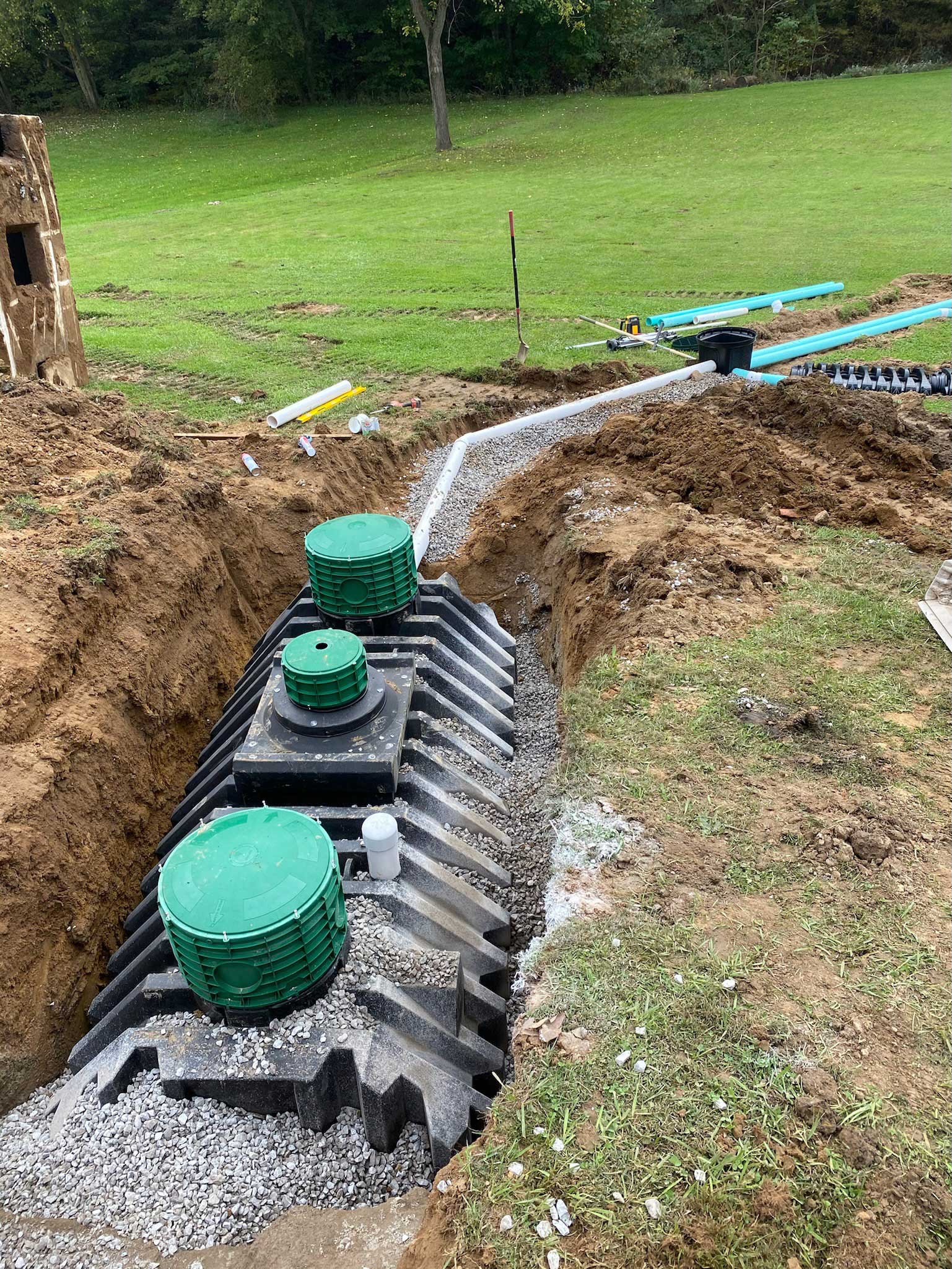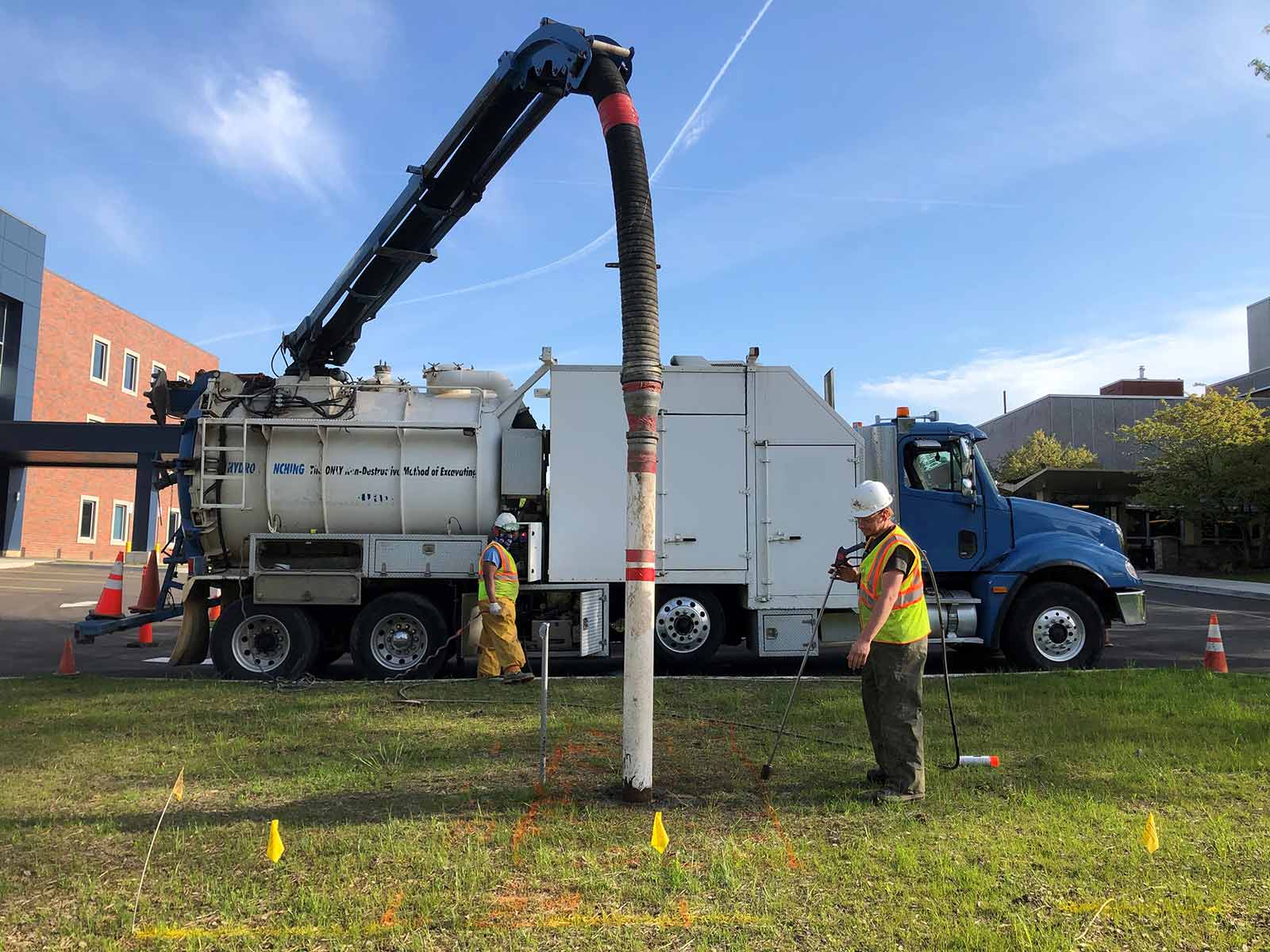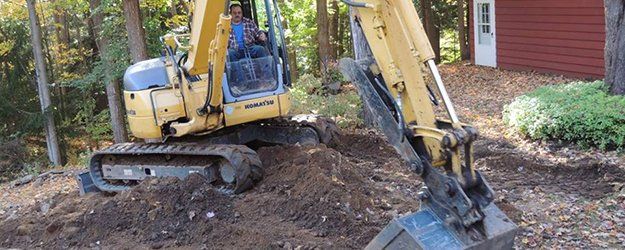Lancaster Excavation - Professional Excavation Providers in Lancaster, OH
Lancaster Excavation - Professional Excavation Providers in Lancaster, OH
Blog Article
Introducing the Art of Excavation: Pro Tips for Safe and Effective Excavating
In the world of excavation, the proficiency of risk-free and effective excavating is an art kind that requires adherence, expertise, and accuracy to recognized techniques. As soil is transformed and planet is relocated, the ins and outs of excavation disclose themselves, requiring a keen understanding of tools, dirt make-up, security protocols, and environmental factors to consider. The experience required to navigate these elements properly can suggest the distinction in between an effective excavation project and a prospective catastrophe. By untangling the layers of this elaborate process, a world of understandings and techniques awaits those looking for to raise their excavation abilities to brand-new elevations.
Value of Appropriate Devices
To make certain the safety and security and performance of any kind of excavation job, using the appropriate tools is extremely important. The right tools not only boost performance yet additionally mitigate threats connected with digging. Excavation jobs differ in extent and complexity, ranging from little property landscape design jobs to large construction tasks. Regardless of the project size, having the correct devices can make a significant distinction in the outcome.
Excavators are basic items of machinery in any type of excavating procedure. These versatile machines can be found in various dimensions to suit various job demands. Small excavators are perfect for smaller jobs, while larger excavators tackle much more considerable jobs efficiently. Backhoes are an additional necessary tools kind, combining the functions of a loader and an excavator in one equipment. They are important for jobs calling for adaptability and ability to move.
Bulldozers excel in tasks that require pushing big quantities of dirt or debris. By spending in the suitable equipment, excavation tasks can be completed safely, on time, and with accuracy.
Comprehending Soil Make-up
A detailed grasp of soil composition is essential for carrying out excavation projects with accuracy and safety. Understanding the different kinds of soil is important as it straight affects excavation approaches, devices selection, and total project efficiency. Dirt composition generally includes four major parts: sand, silt, clay, and raw material. Each component has distinct buildings that affect just how soil responds to excavation procedures.
Sand particles are the largest and provide excellent water drainage yet offer little cohesion. Silt particles are smaller than sand yet bigger than clay, supplying moderate water drainage and communication. Clay fragments are the smallest and supply high communication however inadequate drainage. Organic issue, such as rotting plant material, affects dirt fertility and stability.
Prior to commencing excavation, conducting soil tests to determine its structure and attributes is important. This details assists in picking the suitable devices, implementing precaution, and establishing excavation techniques customized to the specific dirt problems - dump truck companies in ohio. By understanding soil structure, excavation specialists can enhance task outcomes while making sure safety and adherence to best methods
Safety And Security Steps and Methods
Comprehending dirt composition is the keystone upon which precaution and procedures for excavation projects are developed, making certain the well-being of employees and the success of the undertaking. There are several crucial actions that should be carried out to minimize risks and stop mishaps. when it comes to safety during excavation.
Firstly, before any digging starts, a complete assessment of the site should be conducted to recognize any kind of potential hazards such as underground energies, unpredictable soil conditions, or close-by structures that might posture a danger. It is vital to have a qualified person manage the excavation procedure to guarantee that all safety and security protocols are followed purely.
In addition, all employees included in the excavation must be correctly educated in secure excavating methods and the appropriate procedure of equipment. By adhering to these security steps and methods, excavation tasks can be completed successfully and without case.
Effective Excavation Planning
When beginning on an excavation project, thorough planning is crucial web link to guarantee performance, security, and effective end results. Reliable excavation preparation includes a number of key steps that are important for the smooth execution of the job.
Once the site analysis is full, the next step is to create a clear timeline and routine for the excavation tasks. This includes identifying the series of jobs, tools requirements, and manpower allowance. Proper scheduling aids stay clear of hold-ups and makes sure that the project remains on track.

Additionally, interaction amongst all group participants is extremely important during the preparation stage. Clear regulations, routine updates, and efficient sychronisation are important for a successful excavation task. By investing time and initiative in precise planning, excavation groups can substantially improve performance, reduce threats, and accomplish effective end results.

Managing Environmental Factors To Consider
With boosting focus on ecological sustainability in building and construction practices, handling ecological factors to consider has actually become an essential aspect of excavation tasks. Excavation tasks have the prospective to affect the surrounding setting via soil disintegration, debris runoff, environment interruption, and contamination of water resources. To reduce these risks, it is vital to carry out best methods that prioritize ecological defense.

Furthermore, proper waste management is critical to stop dirt and water contamination. Applying procedures for the disposal of dangerous materials, recycling of waste materials, and reducing making use of hazardous chemicals can significantly lower the environmental effect of excavation projects. By integrating these techniques into excavation planning and execution, construction companies can make certain that their tasks are not just view publisher site safe and effective however also ecologically accountable.
Conclusion
In conclusion, understanding the art of excavation needs a comprehensive understanding of correct equipment, soil composition, safety and security procedures, and efficient preparation. By complying with these guidelines and considering ecological elements, excavations can be conducted securely and efficiently. It is crucial to focus on safety and security and efficiency in every digging task to ensure successful results.
As dirt is transformed and planet is moved, the details of excavation disclose themselves, demanding a keen understanding of tools, dirt make-up, security protocols, and environmental factors to consider.To guarantee the safety and security and effectiveness of any kind of excavation task, making use of the suitable tools is paramount.A thorough grasp of soil make-up is essential for executing excavation jobs with accuracy and safety. Comprehending the various kinds of dirt is important as it straight impacts excavation techniques, devices option, and general task performance. By recognizing dirt composition, excavation specialists can enhance project results while making certain safety and adherence to best methods.
Report this page